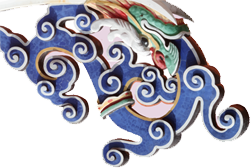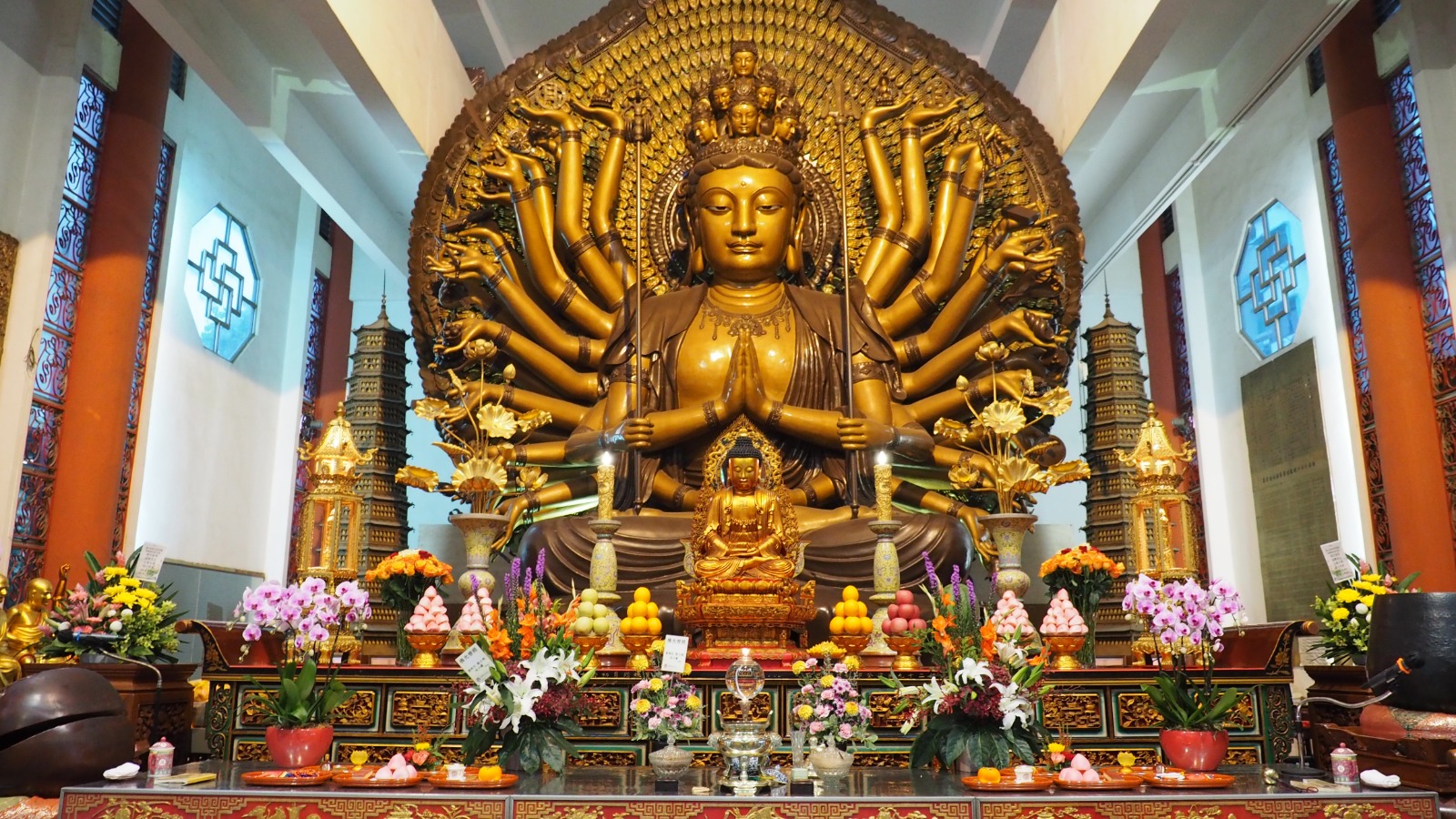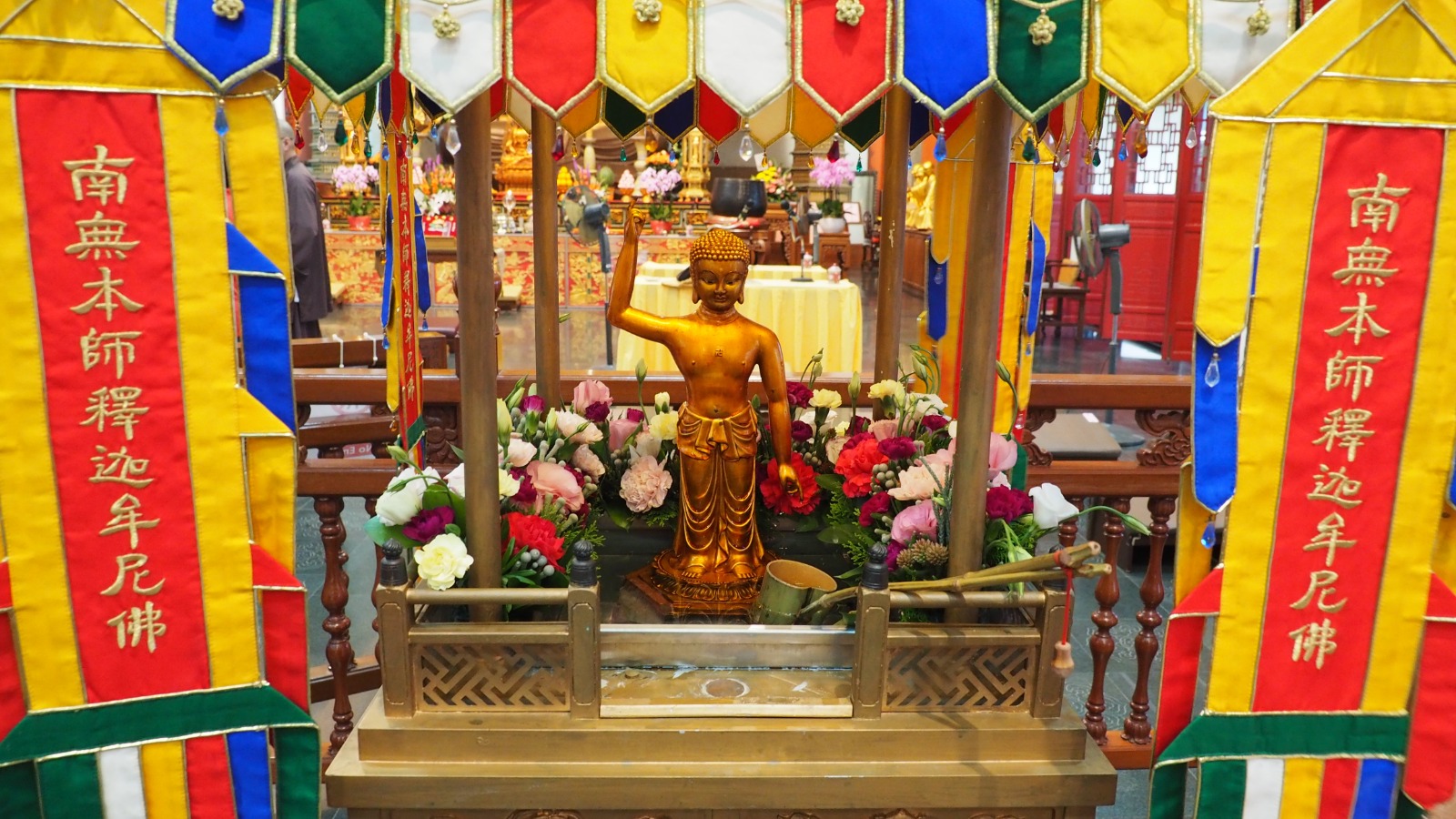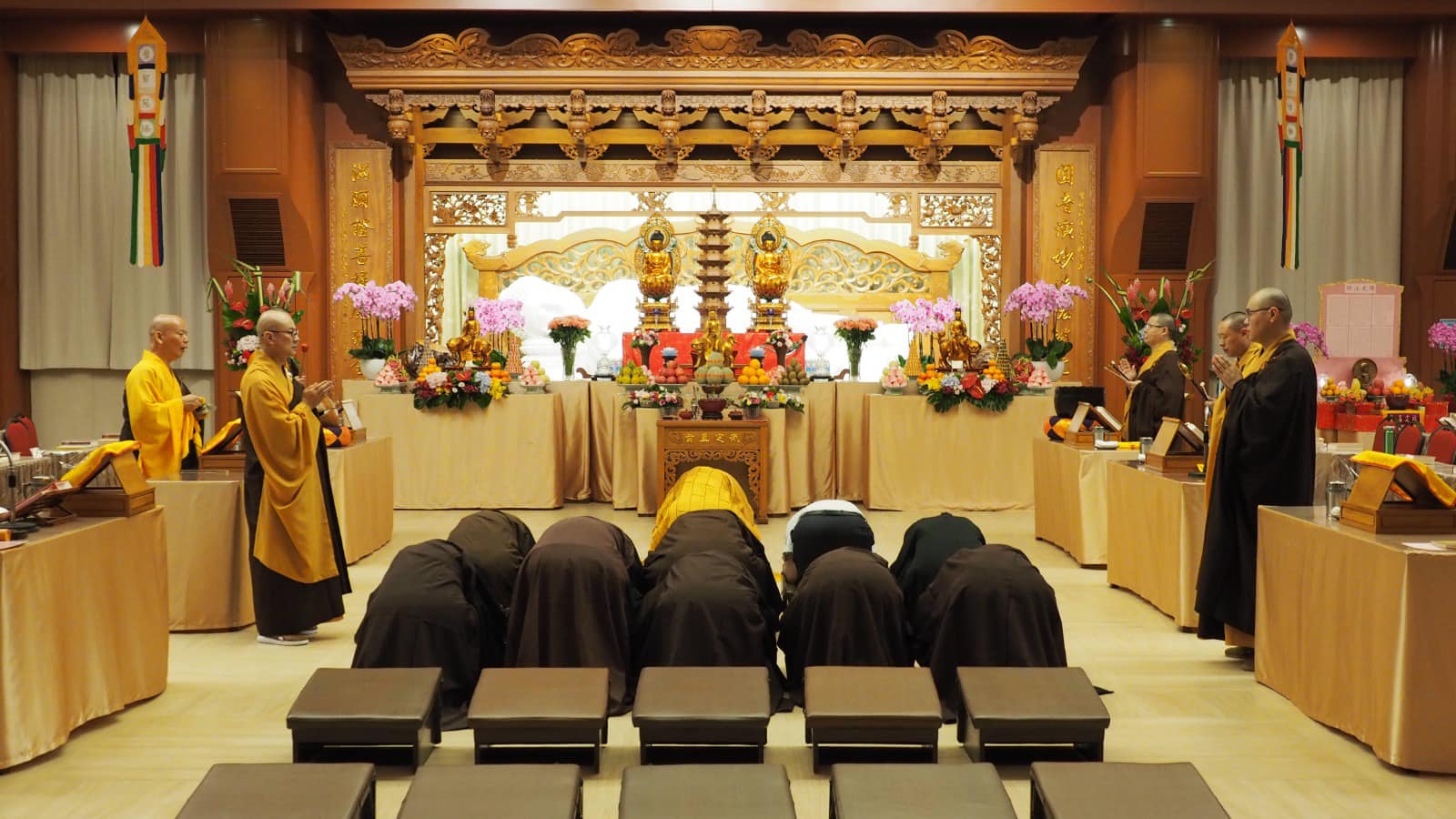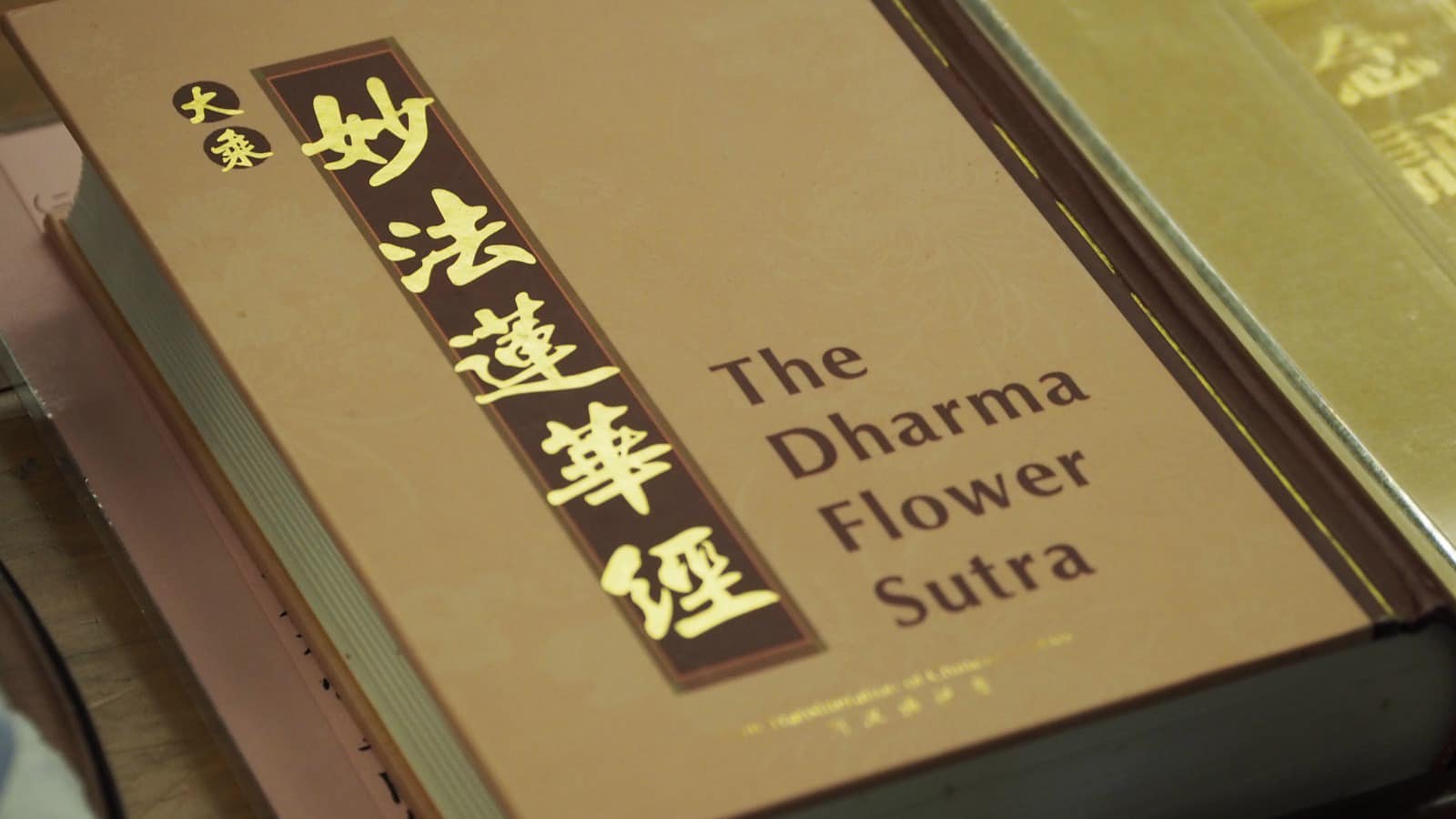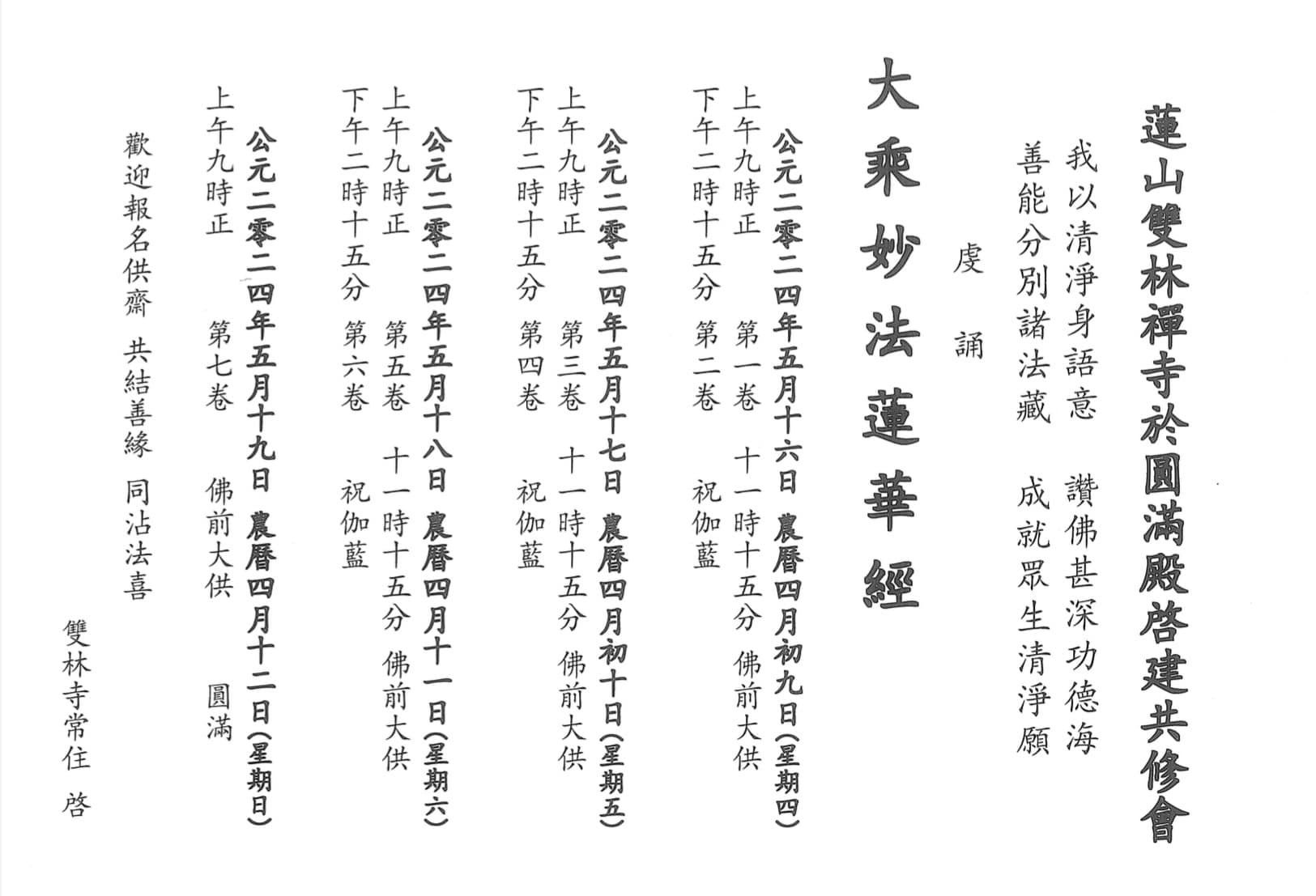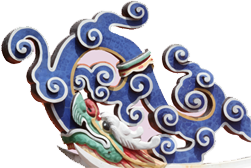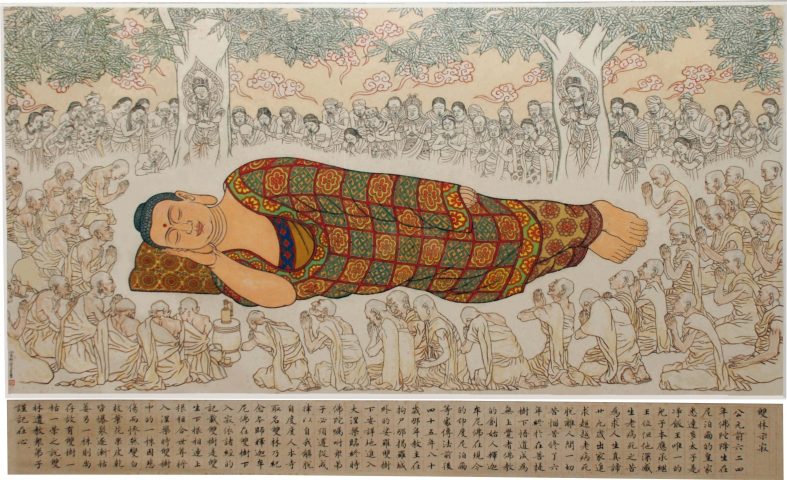
Drawing credit: He You Zhi
In the year 624 BCE, Prince Siddhārtha was born to the royal family of Nepal. He was the only son of Śuddhodana and was supposed to inherit the throne. However, after witnessing the pain inflicted by old age, sickness and death, he chose to leave home to pursue the true meaning of life at the age of 29. After six years of rigorous practices and contemplations, Prince Siddhārtha finally gained enlightenment under the Bodhi tree, thus becoming The Unsurpassed One, known also as Śākyamuni Buddha. The founder of Buddhism, after enlightenment, preached in many places including Nepal and what is now known as India for about 45 years. In the year that Buddha was 80 years old, he entered Mahāparinirvāṇa under a pair of Shorea robusta (or commonly known in Sanskrit as śāla) tree in the city of Kuśinagara. Before his passing, he instructed his disciples that it is necessary to follow the precepts to attain salvation, and to live with humility and gratitude. Shuang Lin Monastery was named as such in order to commemorate Buddha entering parinirvāṇa under the twin śāla trees. According to the records from Sutras, the twin śāla-trees were born with matching roots that were connected at the bottom. When Buddha was about to enter parinirvāṇa, one of the trees was so devastated that it turned white with its flowers gradually withering and barks splitting. The other tree, nevertheless survived. The legacy of the twin śāla-trees became a story that all the disciples would never forget.


